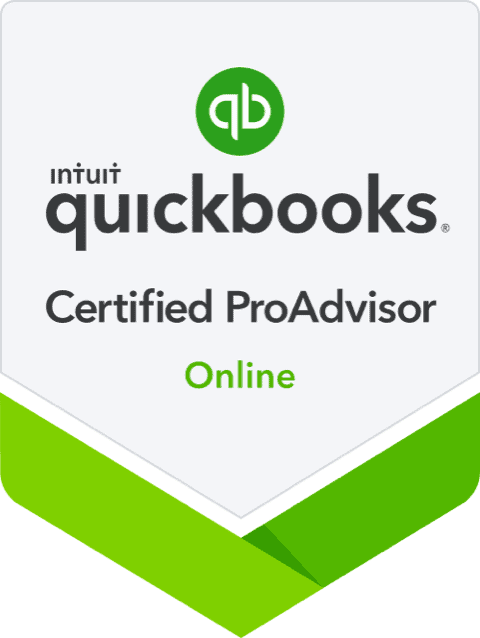Setting the format for your restaurant’s Profit and Loss Statement (P&L) is critical to seeing a relevant month-to-month comparison and making the most profitable decisions.
There is a ton of debate on how many accounts you need. Regardless of how many ledger accounts you have, I like to take the flexible approach of grouping your accounts into a Summary and Detail P&L view. That way, if you have specific detail accounts relevant to you, you can dig in on the Detail P&L and always have a quick at-a-glance Summary View.
I will then focus on the account groups that will make up the Summary P&L because any specific account you add or need can be grouped into this universal Summary View. Here is the Summary P&L Format to maximize profitable decisions:
- Sales
- COGS
- Direct Operating Expense (DOE)
- Payroll & Benefits Expense
- Direct Labor Expense
- Indirect Labor Expense
- Marketing & Advertising
- G&A
- Dues & Licenses
- Utilities
- R&M
- Taxes
- Occupancy Costs
The list above is the right level of detail for a Summary P&L. I can quickly isolate direct variable expenses and calculate contribution margin ( Sales – COGS – DOE – Direct Labor Expense). Doing this can quickly tell me how well I managed the largest controllable costs. Additionally, I can take the contribution margin as a percentage of sales and divide that into total fixed costs (all items below “Direct Labor Expense” shown above) to get a theoretical breakeven for the month. I can also get my margin of safety (actual sales – breakeven sales) and quickly do sensitivity analysis to see how tweaking certain cost groups would affect the bottom line. Finally, with a glance, I can isolate any one of the groupings that look weird or high for the period and start to dig into the individual general ledger lines that make up the group to see what caused the variability.
Overall, the Summary P&L account grouping described above is the best balance of visibility and detail for a restaurant decision-maker to take the most profitable path.






